Technology
Looks Like a Robot
The Looks Like A Robot Flickr pool does not contain any photos of robots. What it does contain is over 300 pictures of objects that look like robots. Lots of fun to browse. (Thanks, Bob!)
Posted By: Alex - Wed Jul 23, 2008 -
Comments (0)
Category: Technology
How many megabytes is your brain?

Hitachi recently announced that in 2010 they plan to unveil a 5TB hard drive. This led them to note that, "By 2010, just two disks will suffice to provide the same storage capacity as the human brain."
So, according to Hitachi, the brain has a 10TB storage capacity. But how did they arrive at this number?
There's been a lot of speculation about the brain's storage capacity. The most popular method of arriving at an answer is to estimate the number of synapses in the brain and extrapolate from there. This has led researchers to come up with numbers ranging anywhere from 3TB to 1000TB. Hitachi evidently was using this method.
But there's a second method (noted on the Of Two Minds blog). Psychologists have conducted experiments to measure how much information people are actually able to memorize. This produces much smaller numbers. They've concluded that it's only about two bits per second, or a few hundred megabytes averaged over an entire lifetime.
Of course, until scientists figure out a way to allow us to download our brains to computers, all these numbers are just useless trivia. And when that happens, we can all plug into the Matrix and live happily ever after.
Posted By: Alex - Mon Jul 21, 2008 -
Comments (0)
Category: Science, Psychology, Technology
Mechanical Elephants
Once upon a time, mechanical elephants roamed up and down the boardwalks of beaches. Check out the clip below from a 1950s newsreel. The elephant, built by Frank Stuart was "Gasoline Powered with a 4 cylinder English Side Valve Ford engine. Top speed 27 MPH!"I found the clip on the blog of Eastcliff Richard who reports that, "Astonishingly Britain used to lead the world in the production of mechanical elephants. This one was later sold to the late, great, dearly-departed Peter Sellers as part of his eccentric collection of automobilia."
Some more videos of mechanical elephants can be found here and here.
Posted By: Alex - Thu Jul 17, 2008 -
Comments (1)
Category: Animals, Inventions, Technology
Robo-Crabs
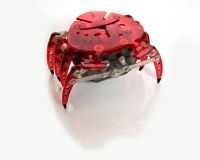
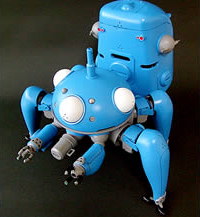
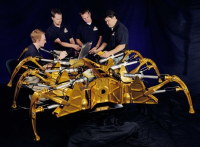
Posted By: Alex - Tue Jul 15, 2008 -
Comments (1)
Category: Animals, Inventions, Technology
The Grass Scanner
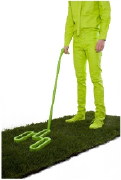
Where it might fail is on fake lawns, which are becoming increasingly popular here in Southern California. Though fake lawns aren't cheap, so having one might indicate a moderate level of status. (via We Make Money Not Art)
Posted By: Alex - Mon Jul 14, 2008 -
Comments (2)
Category: Inventions, Technology
Amazonian Miracle for Sale!
If only you had been reading Popular Mechanics magazine for February 1929! Then you could have purchased the same Purple Ray healing device that Wonder Woman uses! Okay, so it was a "Violet Ray." Same difference, right?
Posted By: Paul - Mon Jul 14, 2008 -
Comments (15)
Category: Business, Advertising, Products, History, Inventions, Medicine, Science, Technology, Comics, 1920s
Simulated S**t Happens
Alex's Jesus Toilet post reminded me of this great WIRED article from a few years ago, about toilet technology.It so happens that toilet engineers need to simulate excrement for testing purposes. Here's just a couple of the things they use:

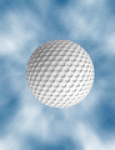
Posted By: Paul - Wed Jul 09, 2008 -
Comments (1)
Category: Bathrooms, Domestic, Food, Hygiene, Inventions, Scatology, Science, Technology
Put your gas masks on!
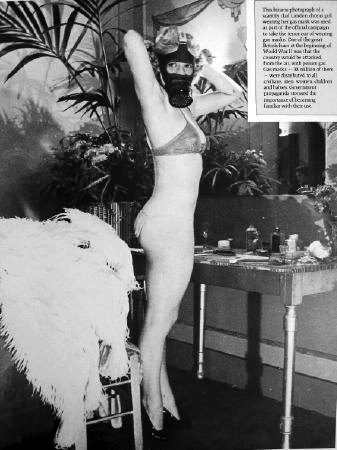
I doubt the image did much to take the terror out of gas masks, but I'm sure it made the fetish crowd happy.
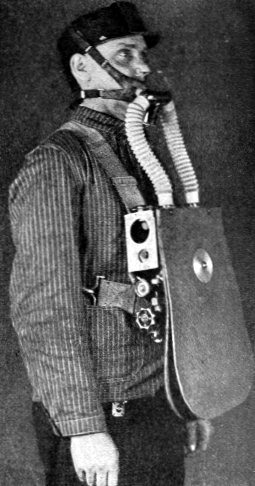
Coincidentally, this very much resembles the uniform worn by the staff of Weird Universe while we work.
Posted By: Alex - Mon Jul 07, 2008 -
Comments (0)
Category: Obsessions, Fetishes, Technology
More Muscles than Brains

When I first saw the ad for this device in the pages of Scientific American, I thought it was a joke. But it's true. For only 1.5 times the price of a 2008 Hyundai Accent--a whopping $14,615--you can buy a machine that does everything you can do with a jump rope, two cinder blocks, the branch of a tree and a bicycle tire inner tube.
If you can't wait to purchase it, visit Fast Exercise now.
Posted By: Paul - Mon Jul 07, 2008 -
Comments (1)
Category: Business, Products, Inventions, Medicine, Sports, Technology

| Who We Are |
|---|
| Alex Boese Alex is the creator and curator of the Museum of Hoaxes. He's also the author of various weird, non-fiction, science-themed books such as Elephants on Acid and Psychedelic Apes. Paul Di Filippo Paul has been paid to put weird ideas into fictional form for over thirty years, in his career as a noted science fiction writer. He has recently begun blogging on many curious topics with three fellow writers at The Inferior 4+1. Contact Us |





